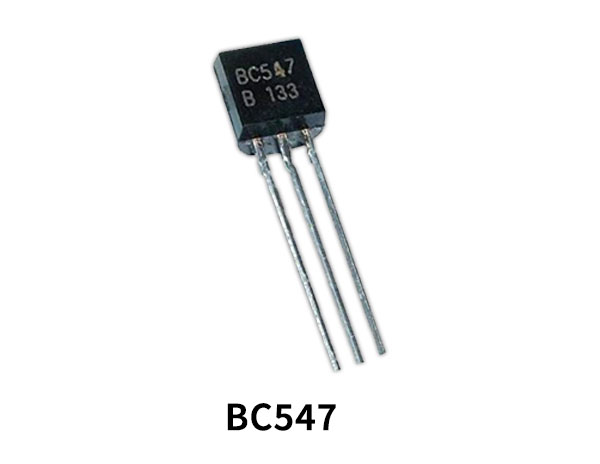Plants are an important part of our lives and they need extra care and attention like all other living things. If they are not watered properly they die. All you need to do is check regularly to feel if the soil of the plant has become too dry. During this checking process, not everyone likes to get their hands dirty checking the quality of the soil. This is where a Plant Soil Moisture Tester circuit comes in handy.
Not only does it check the moisture of soil without letting you touch it but it also tells the right amount of dryness where the plant needs to be watered. It is a simple circuit with only four components and can be easily made by anyone.

Hardware Components
The following components are required to make Soil Moisture Tester Circuit
| S.no | Component | Value | Qty |
|---|---|---|---|
| 1. | Breadboard | – | 1 |
| 2. | Connecting Wires | – | |
| 3. | Battery | 3V | 1 |
| 4. | Transistor | BC547 | 1 |
| 5. | LED | 5mm | 1 |
| 6. | Potentiometer | 50K | 1 |
| 7. | Resistor | 49Ω | 1 |
| 8. | Probes | 1 |
BC547 Pinout

For a detailed description of pinout, dimension features, and specifications download the datasheet of BC547
Soil Moisture Tester Circuit

Working Explanation
The operating voltage of this circuit is 3 volts. We have used a soil moisture detector probe to sense the moisture in the soil and a transistor to activate the LED. One wire of the probe is connected directly with the input supply and the other is connected with the base of the transistor. A potentiometer R2 is used to adjust the sensitivity of this circuit.
When there is no moisture in the soil, the probe will not pass any current to the base of the transistor. But when the probes detect moisture in the soil then both probes get shorted because water/moisture is the conductor of current. This will let the current pass to the base of the transistor. When the transistor starts conducting it will turn the LED on indicating the presence of moisture in the soil.
Applications and Uses
- Automatic Plant Irrigation systems
- Plants in your house
- Greenhouse projects







